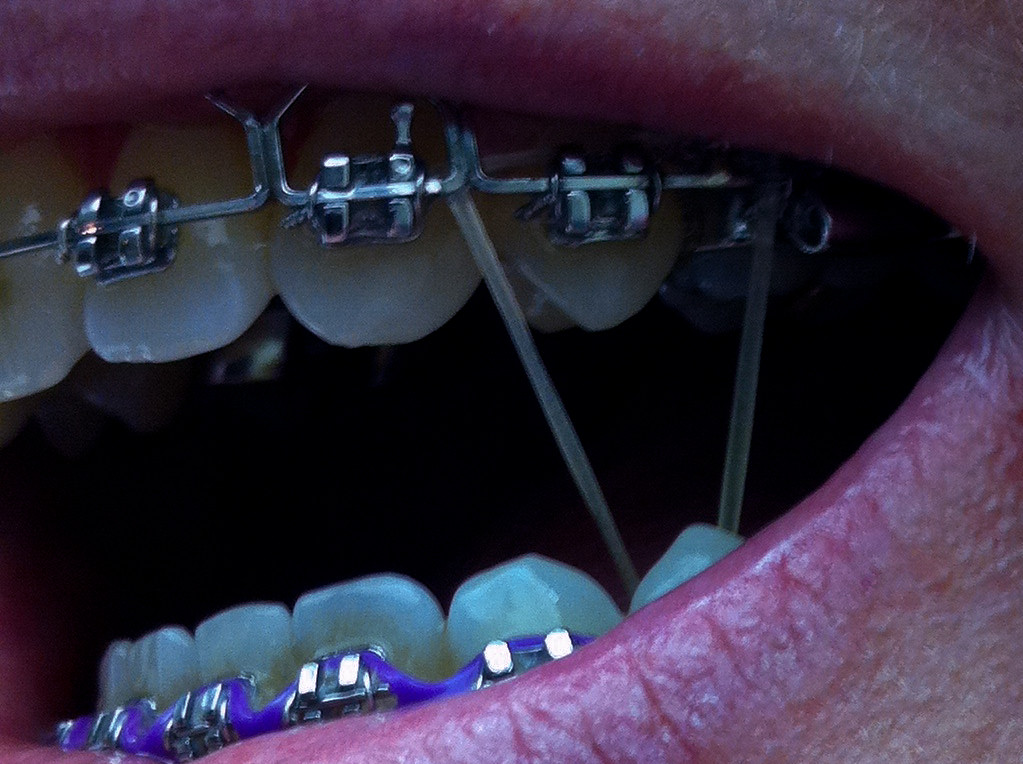The Greatest Guide To All Star Family Orthodontics
The Greatest Guide To All Star Family Orthodontics
Blog Article
Some Ideas on All Star Family Orthodontics You Need To Know
Table of ContentsAll Star Family Orthodontics Can Be Fun For AnyoneWhat Does All Star Family Orthodontics Do?The Best Strategy To Use For All Star Family OrthodonticsThe smart Trick of All Star Family Orthodontics That Nobody is Talking AboutSome Known Facts About All Star Family Orthodontics.

In enhancement, we provide adjustable treatment routines, adaptable payment alternatives and a fun, enjoyable experience.
An orthodontist is a dental practitioner trained to diagnose, protect against, and deal with teeth and jaw abnormalities - (https://www.pinterest.com/pin/1129629519060197757). They remedy existing problems and are trained to determine issues that might develop in the future. Orthodontists work with people of all ages, from children to adults. Individuals commonly connect an ideal smile with health.
Malocclusion, or misaligned teeth, can lead to oral issues, consisting of tooth degeneration, periodontal illness, and hard or excruciating chewing. Yet not every person is birthed with straight teeth. If you have a negative bite or big areas in between your teeth, you may intend to get in touch with a dental expert focusing on orthodontic treatment.
The Main Principles Of All Star Family Orthodontics
(Image Credit Scores: DigitalVision/Getty Images) Orthodontists use repaired and removable dental tools, like braces, retainers, and bands, to alter the position of teeth in your mouth. Orthodontic therapy is for dental abnormalities, consisting of: Misaligned teethBite issues, like an overbite or an underbiteCrowded teeth or teeth that are as well much apartJaw misalignmentThe goal of orthodontic treatment is to enhance your bite.
A healthy bite guarantees you can eat, chew, and speak correctly. While you might believe of orthodontists as mainly for children or teens who need braces, they can remedy oral issues at any type of age. Orthodontists go to college, oral institution, and orthodontic school. After graduation, they invest 2 or 3 years in an orthodontic residency program.
, however not all dental practitioners are orthodontists. They concentrate on two locations: Just how to properly and securely relocate teeth Just how to properly direct development in the teeth, jaw, and faceOnce an orthodontist has finished training, they have the choice to become board licensed.
Not known Facts About All Star Family Orthodontics
Misalignment, or malocclusion, is one of the most usual reason individuals see an orthodontist. It is genetic and is the result of size differences between the upper and reduced jaw or in between the jaw and teeth. Malocclusion leads to tooth overcrowding, an askew jaw, or uneven bite patterns. Malocclusion is typically treated with: Your orthodontist connects steel, ceramic, or plastic square bonds to your teeth.
Some people need a headgear to assist relocate teeth right into line with pressure from outside the mouth. A retainer is a custom gadget that keeps your teeth in location.

You might require to see an orthodontist if you have: Crowding or not enough area for all of your teethOverbite, when your upper teeth come by your bottom teethUnderbite, when your bottom teeth are too far forwardSpacing or problems with gapsCrossbite, which is when your upper teeth fit behind your base teeth when your mouth is closedOpen bite or an upright space between your front bottom and upper teethMisplaced midline, when the facility of your base and upper teeth don't align Correcting an oral malocclusion can: Make attacking, eating, and talking easierImprove the symmetry of our face and your general appearanceEase pain from temporomandibular joint problemsSeparate your teeth and make them less complicated to clean up, helping stop tooth decay or tooth cavities It's frequently a dental expert who first notices misaligned teeth during a regular examination.
The Greatest Guide To All Star Family Orthodontics
Throughout your initial orthodontic assessment, you'll likely have: A dental examPhotos taken of your face and smileDental X-raysPanoramic (360 level) X-rays of your face and headImpressions to create molds of your teethThese tests will assist your orthodontist know just how to continue with your treatment. An orthodontist is a dentist that's had training to treat your teeth and jaw.
Orthodontists might perform surgical procedure, exams,X-rays, - invisalignand even more to assist you attain a much more comfortable, healthier smile. An orthodontist is concentrated on your bite, so something like a cracked tooth would certainly be taken care of by a dental professional. Orthodontists are dentists however not all dental practitioners are orthodontists. Orthodontists are concentrated on your bite, or the method your teeth fit together, and the straightness of your teeth.

This first appointment involves a visual evaluation of your teeth and attack, X-rays, and possibly even 3D scans. By meticulously assessing these aspects, the orthodontist can determine any kind of misalignments, crowding, spacing issues, or jaw disparities. Once a clear image is established, the orthodontist will go over individualized therapy choices. This conversation will certainly cover the kind of dental braces or aligners recommended (conventional steel braces, clear aligners like Invisalign, and so on), the estimated her response therapy duration, and any type of potential challenges or side results.
The Buzz on All Star Family Orthodontics
While dental braces are the most generally acknowledged orthodontic therapy, orthodontists have a diverse toolkit at their disposal. The specific approach chosen relies on the seriousness of the situation, the client's age, and private preferences. These reliable braces utilize a system of brackets adhered to the teeth and attached by cords.
Clear aligners, like Invisalign, are a popular choice for patients seeking a much more very discreet therapy alternative. These removable trays are personalized to progressively move the teeth's setting. Headgear may be utilized along with braces or aligners to apply additional targeted pressures, specifically for fixing jaw inconsistencies. In instances of slim jaws, palatal expanders can be made use of to create space for proper tooth positioning.
Report this page